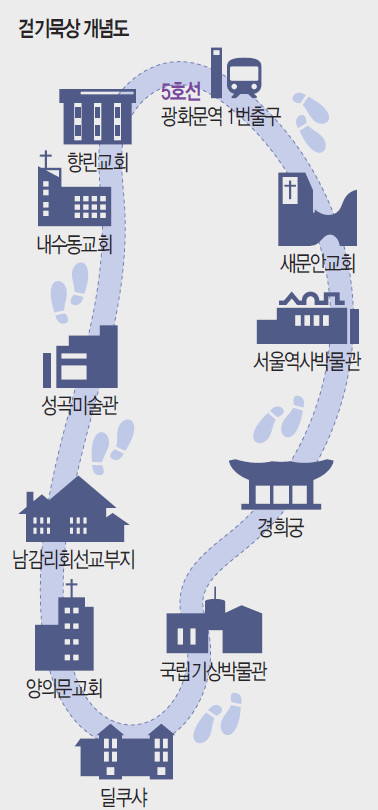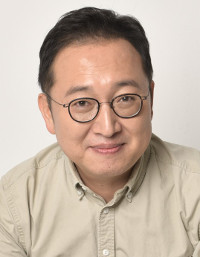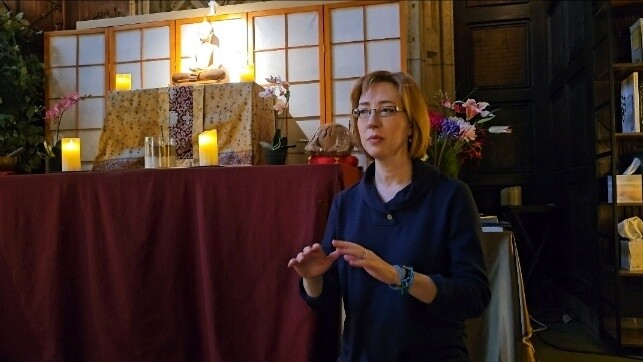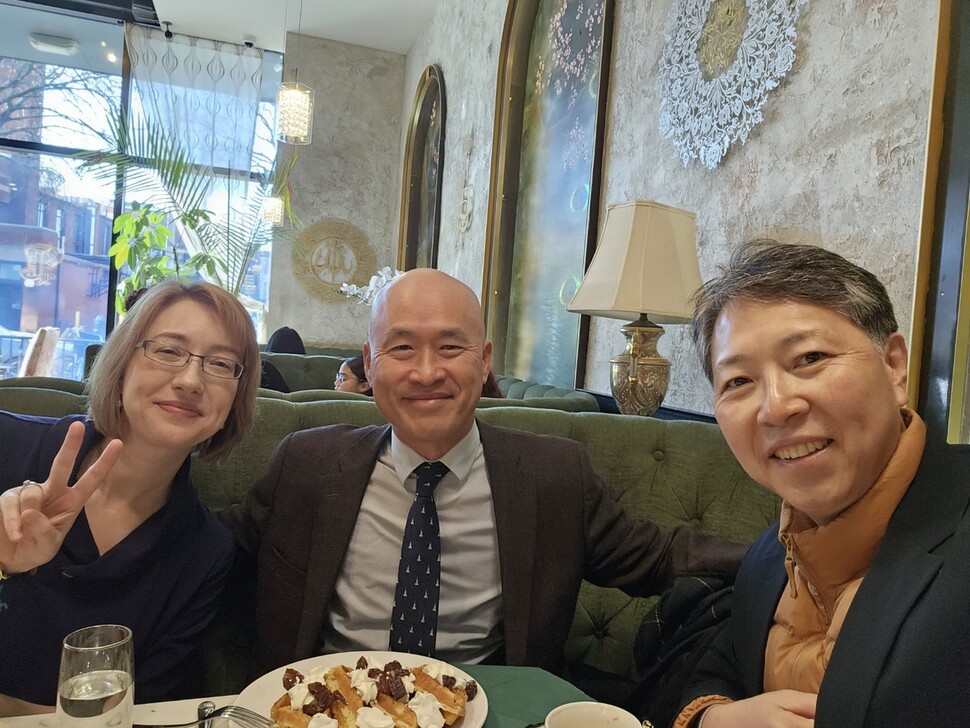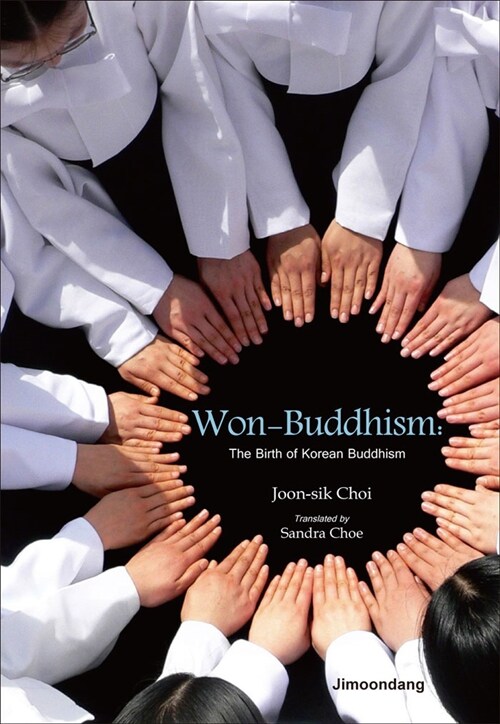VEDANTA CENTRE - ADELAIDE
Vedanta
Spirituality, the Life-centre of Indian Culture
Indian civilization is more than five thousand years old. During this long period it produced a unique type of highly advanced and variegated culture. In spite of the innumerable regional, social and linguistic diversities of the country, there has always been a basic unity in Indian culture. Moreover, this culture maintained unbroken continuity from Vedic times to the present day, in spite of countless wars within the country, invasions from outside and two centuries of subjugation by the British. This indestructible unity and unbroken continuity of Indian culture are derived from its deep spiritual foundations.
Swami Vivekananda has pointed out that every civilization or culture has a particular life-centre, a dominant characteristic or trend. According to him the life-centre of Indian culture is spirituality. By spirituality is meant a way of life oriented to the ultimate purpose or goal of life which is the realization of the Supreme Spirit or God.
Unity of Philosophy and Religion in India
Indian spirituality is deeply rooted in the ancient philosophical and religious traditions of the land. Philosophy arose in India as an enquiry into the mystery of life and existence. A parallel situation arose in ancient Greece also. But, as Swami Vivekananda pointed out, the Greek philosophers confined their enquiries to the external world, and the method they employed was only speculation, whereas in India philosophical enquiries were carried out in the inner world. Indian sages, called Rishis or seers, developed special techniques of transcending the senses and the ordinary mind, collectively called Yoga. With the help of these techniques they delved deep into the depths of consciousness and discovered important truths about the true nature of man and the universe. The sages found that man's true nature is not the body or the mind, which are ever changing and perishable, but the spirit which is unchanging, immortal, pure consciousness. They called it the Atman. The Atman is man's true Self, the true knower, the true source of man's knowledge, happiness and power. The Rishis further found that all individual selves are parts of infinite Consciousness which they called Brahman. Brahman is the ultimate Reality, the ultimate cause of the universe. Ignorance of man's true nature is the main cause of human suffering and bondage. By gaining correct knowledge of Atman and Brahman it is possible to become free from suffering and bondage and attain a state of immortality, everlasting peace and fulfilment known as Mukti.
Religion in Ancient India - A way of life which enables man to realise his true nature and attain Mukti
Thus philosophy provided a correct view of Reality, while religion showed the correct way of life; philosophy provided the vision, while religion brought about the fulfilment; philosophy was the theory, and religion was the practice. Thus in ancient India, philosophy and religion complemented each other. In fact, they together constituted a single endeavour, an integral discipline. This integral religious philosophy or philosophical religion was called Vedanta. The term Vedanta comes from the fact that its basic principles constitute the last part or culmination of the ancient scriptures known as the Vedas.
The Vedas
The Vedas are the oldest and most authoritative scriptures of Hinduism. All other scriptures are subordinate to them. They were not composed by anybody but were revealed to the Rishis; hence they are also called Shruti, that which is heard. The earlier part of the Vedas may have been composed between 2000 B.C. and 1000 B.C. There are four Vedas: Rig-veda, Yajur-veda, Sama-veda and Atharva-veda. Each of these has four divisions: Samhita, Brahmana, Aranyaka and Upanishads.
Samhita: This section is a collection of hymns addressed to various deities. Many of these hymns have deep mystical significance.
Brahmana: This portion deals with various rituals and also with moral principles.
Aranyaka: This portion contains various meditations. Some of these meditations are mental recreations of external rituals.
Upanishads: These are the records of the transcendental experiences gained by Rishis by following different contemplative techniques. These experiences are actually revelations about Atman, Brahman and other eternal, universal truths regarding the ultimate Reality.
These eternal truths and principles of the spiritual world, lying scattered in the Upanishads, were brought together and codified by Badarayana in the form of sutras or aphorisms in the 5th century B.C. These sutras known as Brahma Sutras form the foundation of the system of philosophy known as Vedanta-Darshana.
Vedanta
Thus the term Vedanta stands for three inter-related things:
(a) the Upanishads collectively, which form the last and the most important part of the Vedas;
(b) the eternal truths and principles of the spiritual realm;
(c) the system of philosophy based on Brahma Sutras.
However, it is mostly in the last sense of Vedanta Darshana (Vedanta Philosophy) that the term Vedanta is commonly used.
In this connection it should be pointed out that five more systems of philosophy arose in India in the early centuries of the Christian era. These are:
1) Mimamsa, founded by Jaimini
2) Vaisheshika, founded by Kanada
3) Nyaya, founded by Gautama
4) Sankhya, founded by Kapila
5) Yoga, founded by Patanjali
These five systems of philosophy always remained confined to small groups of intellectuals. They never became identified with the mainstream religion of the land and, in due course, they ceased to be in vogue. Vedanta alone remained the main philosophy of India from the Vedic period, and Vedanta alone got identified with the religion of the land. As already mentioned, Vedanta is both philosophy and religion. This combined religious and philosophical tradition of India came to be called Sanatana Dharma, “Eternal Religion” and, still later, as Hinduism.
Other Scriptures of Vedanta
Although the Upanishads constitute the original and most authoritative source of Vedanta, they are not the only scripture of Vedanta. Several other books also came to be accepted as authoritative. Among these, the most important one is Bhagavad Gita. It introduced several new concepts into Vedanta such as God incarnating Himself as the Avatar age after age, devotion to personal God as means to Mukti, discharging one's duties of life in a spirit of selflessness and self-surrender to God as a spiritual path, and so on. Over the centuries great teachers like Shankara, Ramanuja, and great saints of medieval period enriched Vedanta with philosophical concepts and devotional songs.
Three Phases of Vedanta
Vedanta is not a static philosophy or religion. It is a highly dynamic, ever-growing philosophy and religion capable of meeting challenges and overcoming obstacles. In this process of growth, Vedanta has passed through three phases.
(i) Formative Phase: This phase extended from around 1000 B.C. to 3rd century B.C. During this period the Upanishads, the Gita and the Brahma-sutras (these three scriptures are together called Prasthana-traya) provided the basic concepts of Vedanta such as Atman and Brahman.
(ii) Scholastic Phase: This phase extended from about the 8th century A.D. to the 13th century. During this period great teachers like Shankara expounded and expanded the original intuitive insights of Vedic Rishis and the teachings of the Gita, and established Vedanta as a cogent, comprehensive system of philosophy, the most cogent and comprehensive religious philosophy the world has ever seen.
But during this period Vedanta split into a number of philosophical schools and religious sects. The main philosophical schools were the following:
- Advaita or Non-dualism propounded by Shankara
- Vishishta-advaita propounded by Ramanuja
- Dvaita propounded by Madhva
- Shuddhadvaita propounded by Vallabha
- Achintya-bheda-abheda propounded by Jiva Gosvamin
The main religious sects were: Vaishnavism, Shaivism and Shaktism. Each of these had several sub-sects. These sects produced many saints. These saints spread Vedantic ideas among the common people through songs and teachings.
Here mention should be made of two other religio-philosophical traditions associated with Indian culture, namely Buddhism and Jainism. They arose as spiritual movements in the 6th century BC. They shared some of the basic concepts of India's ancient belief system such as Karma, rebirth, samsara, Dharma and direct spiritual experience. But their rejection of the authority of the Veda, caste distinction, belief in an Ultimate Reality as the Supreme Deity and ultimate cause of the universe, and other principles alienated them from the main stream of Vedantic culture. As a result, Buddhism and Jainism began to decline in India and, after the 12th century AD, Buddhism ceased to have any direct influence on the development of Indian culture.
(iii) Modern Phase: The third phase of Vedanta was inaugurated by Sri Ramakrishna and Swami Vivekananda in the 19th century. During this period Vedanta was transformed from an ethnic religious philosophy into a universal philosophy of life. The main transformations brought about by Sri Ramakrishna and Swami Vivekananda are given below:
1. Rejuvenation: Sri Ramakrishna is the real link between ancient India and modern India. Through stupendous spiritual efforts Sri Ramakrishna relived the entire range of spiritual experiences of the sages and saints of the past from Vedic times to his times. He thereby revalidated the truths of Vedanta. He traversed the paths of Vedic, Shaiva, Shakta and Vaishnava traditions, including obscure and forgotten paths. He brought about the purification of spiritual life by emphasizing its moral foundation, and rejecting occultism, esoterism and miracle-mongering. He made God realization possible for all even in the midst of the distractions of the modern world. He imparted tremendous fervour to the efforts to realize God. All this has resulted in a thorough rejuvenation of Vedanta in modern times.
2. Modernization: Swami Vivekananda”s great work was to make ancient Vedantic concepts acceptable to modern minds by interpreting the eternal truths in the light of modern rational thought and science. This modernized version is what most of the present-day educated Hindus understand by Vedanta.
3. Integration of Philosophical Schools: Vedanta had split into different schools in the Middle Ages. Swami Vivekananda brought about the reintegration of these schools. He did this by stressing the common ground of different schools, especially the principle of Atman, and by showing that the different schools represent different stages of realization of the ultimate Reality.
4. Unification of Religious Sects: Sri Ramakrishna taught, from his realization, that all spiritual paths lead to the same ultimate goal, Yato mat tato path. As many views, so many paths to God. This principle, which forms the basis of his doctrine of dharma-samanvaya or Harmony of Religions, came to be applied within Hinduism itself in due course. This has given rise to a sense of unity among Hindu sects in modern times, in spite of many differences in customs and traditions.
5. Meeting of Challenges: Till the eleventh century A.D. the only challenges Vedanta had to face were internal; these came mainly from Buddhism and Jainism and from dissensions of different schools of Vedanta and sects of Hinduism each of which claimed superiority over the others. From the thirteenth century Islam began to exert its influence on Indian society in a big way. Many great saints then arose in different parts of India and responded to the Islamic challenge by spreading the ideas of oneness of God, brotherhood of man and social equality among the common people.
However, the greatest challenge Indian society ever faced came from Western culture in the eighteenth and nineteenth centuries. Western culture posed three major challenges to Indian society: (a) modern rational thought and science, (b) an open society which values freedom and social justice, (c) the idea of a saviour God who identifies himself with the poor, the sick and the fallen.
Sri Ramakrishna and Swami Vivekananda met these Western challenges: (a) by revitalizing Vedantic spirituality, (b) by interpreting the eternal truths of Vedanta, discovered by the ancient sages, in the light of modern rational thought, and (c) by introducing a new gospel of social service based on the practical application of Vedantic principles in day-to-day life.
6. Practical Vedanta: By “Practical Vedanta” is meant the practical application of the basic principles of Vedanta in solving the problems of day-to-day life. For centuries Vedantic principles were intended only to help people to attain Mukti or liberation. Swami Vivekananda, however, showed that the highest principles of Vedanta can be applied even in ordinary life to solve the day-to-day problems of life. Vedantic principles can be applied not only in individual life but also in social life. In fact, Swamiji held that India”s downfall took place mainly because the eternal spiritual principles were not applied in collective life.
7. Universalization of Vedanta: For many centuries the essential, basic truths of Vedanta remained bound up with innumerable beliefs, myths, customs, castes, etc. Moreover, the higher truths of Vedanta were available only to a small group of privileged people, and it was believed that to follow the principles of Vedanta one had to be born in a certain Hindu caste. Sri Ramakrishna and Swami Vivekananda separated the essential truths of Vedanta from the non-essentials. Swamiji showed that the essential truths of Vedanta constitute the eternal, universal truths of the spiritual world which form the rationale and basis of all the religions of the world. As a matter of fact, the eternal principles of Vedanta themselves constitute the Universal Religion of all mankind, and the different religions of the world are only manifestations of this Universal Religion in different places and times. Furthermore, through his lectures and books and through the Vedanta Centres which he founded, Swamiji made the life-giving principles of Vedanta available to all people without any distinction of caste, creed or race.
In this way, through the pioneering efforts of Swami Vivekananda, Vedanta has crossed the boundaries of India and has now become the common property of all mankind. The work started by Swamiji is now being carried on by many teachers and organizations around the world.
Centres
- Australia
- Headquarters
Click here to visit to our Headquarters' website.
- Worldwide
Click here to visit page maintained by our Headquarters.
Contact us
- mail@vedantaadelaide.org
- +61 8 8431 9775 (Mr Raman Sharma)
+61 425 762 436 (Swami Manyananda) - 16 East Terrace,
Kensington Gardens, SA 5068 - Centre timings:
7:00 am to 12:30 pm, and
4:00 pm to 8:30 pm
Books on Vedanta and Ramakrishna Vivekananda literature are also available at the centre.
Visit us
- Please park behind the centre building:


